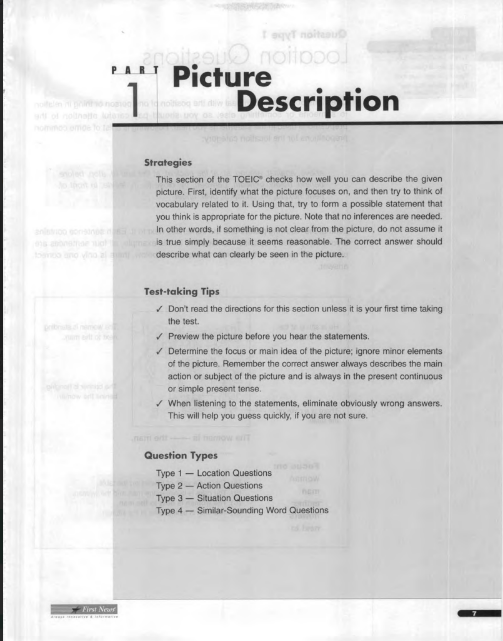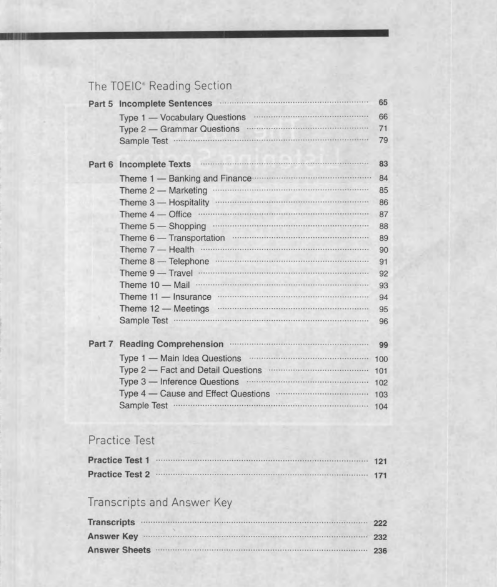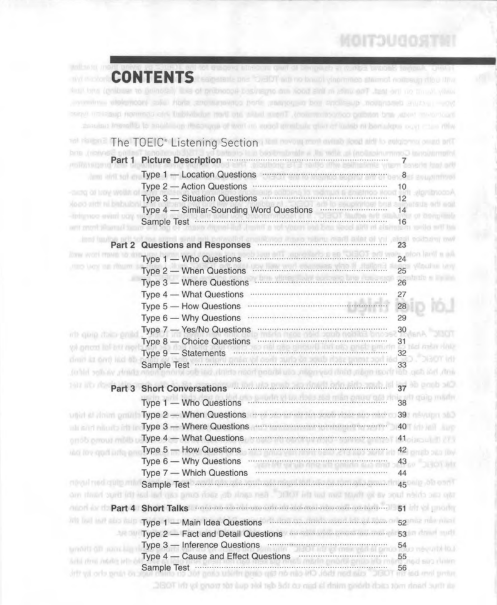


C. has helped D. helped 10. Chính phủ đã sai lầm khi họ áp dụng giải pháp mới mà không thử nghiệm. The government made a mistake when they __________ the new method without testing. A. applied B. will apply C. apply D. have applied **Bài 2: Điền dạng đúng của động từ từ trong ngoặc vào chỗ trống.** Example: 1. The government (take) **has taken** a number of actions since the disease broke out. 2. These days, many parents **(force)** their children to attend too many extra classes. 3. It **(be)** forecast that the figure for male accountants **(increase)** to 200 in 2021. 4. Most schools in Vietnam **(never adopt)** this modern teaching approach before. 5. In 2000, the number of cars in Bangladesh **(be)** half of that in 2010. 6. The environment in many developing countries **(become)** more and more polluted. 7. The prices of fossil fuels (rise) __________ over the past few months. 8. The increase in the number of private vehicles **(lead)** to more traffic jams in the next ten years. 9. The educational system **(experience)** three reforms up until now. 10. In the future, more children **(be)** able to attend schools. **Bài 3: Chọn cụm từ đúng trong các câu dưới đây.** Example: 1. In 1990 / **Since 1990**, the number of females in Politics class increased to 140 students. 2. It is predicted that the number of females majoring in Politics in Kingsland university will decrease to 87 in 2005 / in 2035. **Bài 6: Dịch các câu phát triển ý cho đề bài sau:** **Đề bài** Why are young people becoming more inactive? Vi sao người trẻ đang ít vận động hơn? **Bài làm** Nhiều người trẻ đang theo đuổi một lối sống ít vận động, và có một số lí do cho điều này. Thứ nhất, sinh viên đại học thường quá bận rộn với việc học tập và những người đã tốt nghiệp thường phải làm việc toàn thời gian tại chỗ làm. Do đó, họ không có đủ thời gian để tập thể dục và tham gia các hoạt động thể chất khác.Thứ hai, số lượng các trung tâm giải trí như rạp chiếu phim hoặc trung tâm thương mại đã tang trong những năm gần đây.Những người trẻ tuổi thường đến những địa điểm này thay vì tham gia các hoạt động thể thao. engage in: tham gia vào physical activities: các hoạt động thể chất considerable: đáng kể shopping mall: trung tâm thương mại workplace: chỗ làm sedentary lifestyle: lối sống lười vận động Contributes to climate change: góp phần gây ra biến đổi khí hậu Carbon emissions produced by transportation: khí thải carbon từ vận chuyển hàng hóa Treated with chemicals and preservatives: được xử lý bằng hóa chất và chất bảo quản **3. Lưu ý khi dùng động từ khuyết thiếu áp dụng vào IELTS Writing** **3.1 Have to – must** Quan sát một số ví dụ sau: Ví dụ 1: I must go to bed right now. (Tôi phải đi ngủ ngay bây giờ) Ví dụ 2: Passengers must show their passports to the flight attendants before boarding the plane. (Hành khách phải trình diện hộ chiếu cho tiếp viên trước khi vào máy bay) Ví dụ 3: Most employees have to wear uniform to work. (Hầu hết nhân viên phải mặc đồng phục đi làm) Cả ba cách sử dụng trên đều nói về nghĩa vụ của đối tượng chính. Tuy nhiên, điểm khác biệt chính giữa “must” và “have to” là: * Với động từ “must”: người nói/viết cảm thấy hành động rất cần thiết và phải được thực hiện. Trong ví dụ đầu tiên, người nói/viết cảm thấy mình cần phải đi ngủ, và vì vậy, họ sử dụng “must” để diễn tả sự cần thiết của hành khách trình diện hộ chiếu trước khi lên máy bay. → Cách sử dụng này mang tính chủ quan, mang suy nghĩ của người nói/viết. * Với động từ “have to”: người nói/viết bắt buộc phải thực hiện một hành động (do hoàn cảnh ép buộc) mặc dù bản thân họ chưa chắc cảm thấy việc này là cần thiết. → Cách sử dụng này mang tính khách quan. **Bài 1: Chọn đáp án đúng nhất (A, B, C hoặc D)** 1. Nếu chính phủ cung cấp nhiều học bổng hơn, rất nhiều học sinh sẽ có cơ hội đi du học. If the government provides more scholarships, many students **will** have a chance of studying abroad. A. will B. must C. need D. shall 2. Khối lượng công việc nặng có thể khiến nhân viên chịu nhiều áp lực và bị trầm cảm. Heavy workloads **can** cause employees to suffer from stress and depression. A. must B. should C. can D. ought to 3. Nơi làm việc rộng rãi sẽ giúp nhân viên làm việc hiệu quả hơn. A spacious workplace **will** help employees work more effectively. A. shall B. will C. ought to D. could 4. Học sinh nên nhận được sự quan tâm của cả cha mẹ và thầy cô giáo. Schoolchildren **should** receive attention from both parents and teachers. A. have to B. must C. can D. should
**Question Type 4** **Similar-Sounding Word Questions** Incorrect choices often include words that sound similar to the key words of the correct answers. You might wish to keep a journal of similar-sounding words that sometimes confuse you. Examples of words that might be easily confused include: i. words that have little sound difference, such as walk and work, or that rhyme, such as station and nation. [List of similar-sounding words] ii. words with the same root, prefix, or suffix, such as example/examine [List of words with similar roots, prefixes, or suffixes] Look at the following picture and the sentences next to it. Each sentence contains a commonly confused word. [Image showing a woman talking on the phone and a man standing nearby] The woman is talking on the phone. Focus on: talking bowl photo (A) The woman is holding a bowl. (B) The man is talking on the phone. (C) The woman is talking the photo. (D) The man is talking on the phone. **1.** (A) The man is sleeping at his desk. (B) The man is typing at his desk. (C) The man is attending a meeting. (D) The man is drinking tea. **2.** (A) There are TVs stacked up on the shelves. (B) There is a microwave oven tacked up on the wall. (C) There are microwave ovens stacked up on the shelves. (D) There are many books on the shelves. **3.** (A) The man is standing in front of some picture frames. (B) The man is selling fans. (C) The man is standing beside a bus stop. (D) The man is satisfied with a fan. **4.** (A) The woman is buying vegetables. (B) The man is going grocery shopping. (C) The woman is selling vegetables. (D) The woman is buying shoes. **5.** (A) The woman is carrying a suitcase. (B) The woman is folding her umbrella. (C) An umbrella is being held by the woman. (D) The man is sleeping. **6.** (A) The woman is getting in a taxi. (B) The woman is talking to the driver. (C) The woman is being called. (D) The woman’s arm is held up. **7.** (A) The man is sitting beside a computer. (B) The woman is sitting at a computer. (C) The woman is sitting next to a computer. (D) The woman is sitting at the back of a computer. **8.** (A) The three men are happy. (B) The three men are asleep. (C) The three men look disappointed. (D) The three men are angry. **9.** (A) The man has dropped his jacket. (B) The man is holding a briefcase. (C) The man is sitting outside. (D) There is a cat on the man’s lap. **10.** (A) The people are listening to the woman. (B) The woman is reading a letter. (C) The people are standing in a meeting room. (D) The woman is attending a concert. **Strategies** This section of the TOEIC® checks how well you can describe the given picture. First, identify what the picture focuses on, and then try to think of vocabulary related to it. Using that, try to form a possible statement that you think is appropriate for the picture. Note that no inferences are needed. In other words, if something is not clear from the picture, do not assume it is true simply because it seems reasonable. The correct answer should describe what can clearly be seen in the picture. **Test-taking Tips** * Once you find a possible correct response, do not wait until all the choices are spoken. * Check that there is no problem with tense and/or subject-verb agreement. * Keep in mind that wh-questions cannot be answered with yes or no. * When the question begins with a wh-word, be careful not to confuse the word with something else. For example, how might be confused with who or even where. **Question Types** Type 1 – Who Questions Type 2 – When Questions Type 3 – Where Questions Type 4 – What Questions Type 5 – How Questions Type 6 – Why Questions Type 7 – Yes/No Questions Type 8 – Choice Questions Type 9 – Statements **Question Type 1** **Location Questions** Questions of this sort often deal with the position of one person or thing in relation to someone or something else, so you should pay careful attention to the prepositions used in the statements you hear. Following is a list of some common prepositions for the location category: above, against, among, at, at the back of, at the end of, atop, before, behind, below, beneath, between, by, close to, in, inside, in front of, near, next to, on, on top of, over, under Look at the following picture and the sentences next to it. Each sentence contains a commonly used preposition for location. In this example, all four sentences are possible. Of course, in the sample test question below, there is only one correct answer. [Image with labels pointing to elements in a birthday party scene] Focus on: woman man eating flowers next to (A) There is a vase of flowers on the table. (B) The cake is between the man and the woman. (C) The woman is next to the man. (D) The man is eating cake in the kitchen. **Question Type 2** **Action Questions** Keep in mind that the correct answer to a question of the action category can be in either the active or the passive form. The active form is usually a statement in the present continuous (i.e., be + V-ing). The passive is composed of be + V-ed participle of the main verb. Following is a list of common action verbs: i. active cleaning, crossing, cutting, drawing, drinking, eating, holding, jogging, listening, loading, (un)locking, making, packing, playing, pouring, pulling, pushing, selling, setting, sitting, speaking, stretching, sweeping, talking, typing, walking, watching, watering, working, wrapping, writing ii. passive being + cleaned, cleared, dressed, displayed, dug up, handed, locked, painted, planted, piled, served, set up, towed, walked, washed, watered, wrapped Look at the following picture and the sentences next to it. Each sentence contains a commonly used action verb in either the active or the passive form. [Image showing people entering a building, one man holding a door open] The woman is picking up some books. The man is holding the door open for the woman. People are waiting to enter the building. The door is being opened by the man. The woman is —– some books. Focus on: books man picking up “helped” (A) People are waiting for a bus. (B) The woman is picking up some books. (C) The woman is being helped by the woman. (D) A big pile of books is displayed. **Question Type 3** **Situation Questions** This category asks about the condition of things in the picture. With the two categories below, you should try identifying what the picture focuses on and imagining a description of the picture before the statements are read. Following is a list of common adjectives for the situation category: i. past participle forms used as adjectives arranged, broken, chained, cleared, closed, crowded, crushed, deserted, displayed, equipped, (un)loaded, locked, occupied, parked, piled, posted, scattered, seated, spread, stacked, tied ii. adjectives asleep, beautiful, bent, bright, clean, dark, dirty, empty, flat, full, happy, heavy, high, light, long, open, rainy


